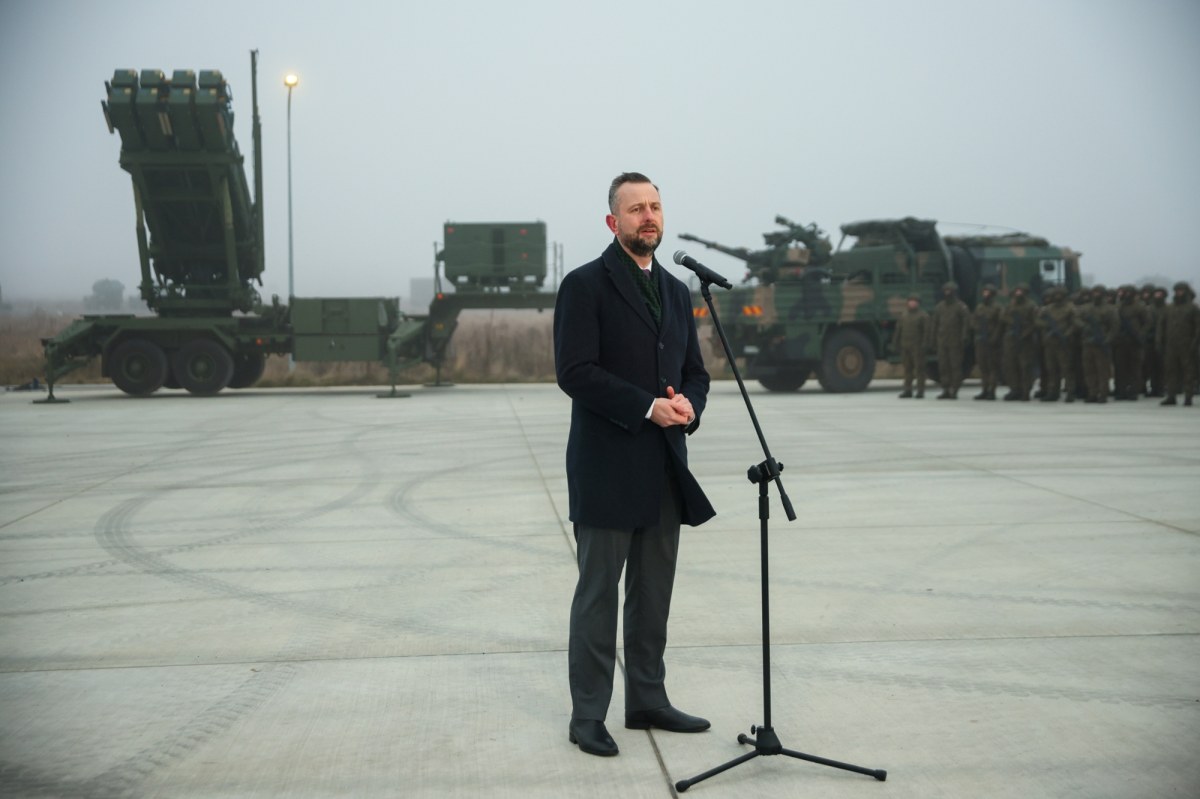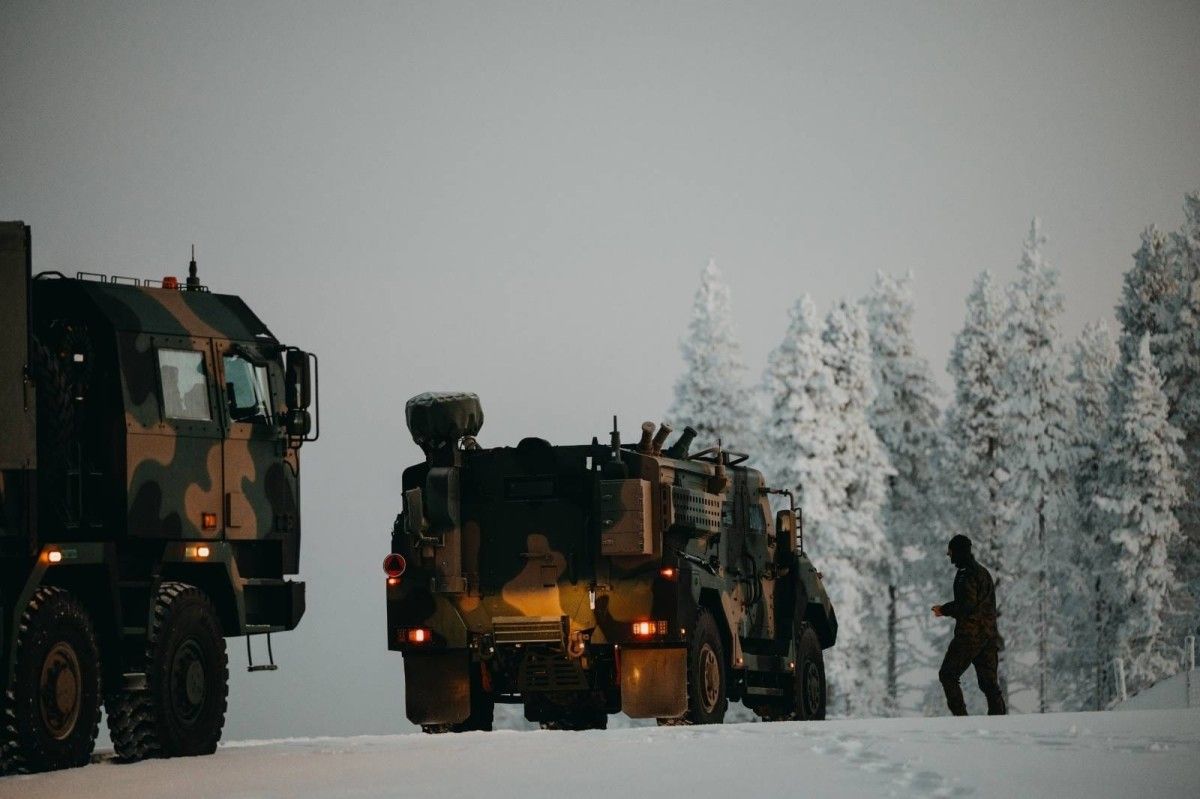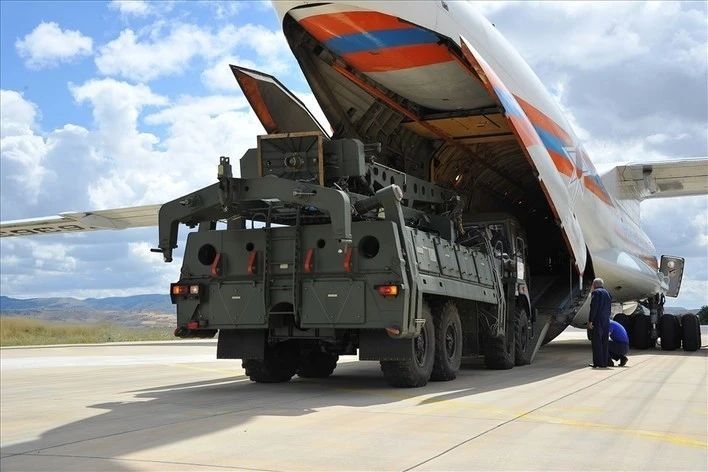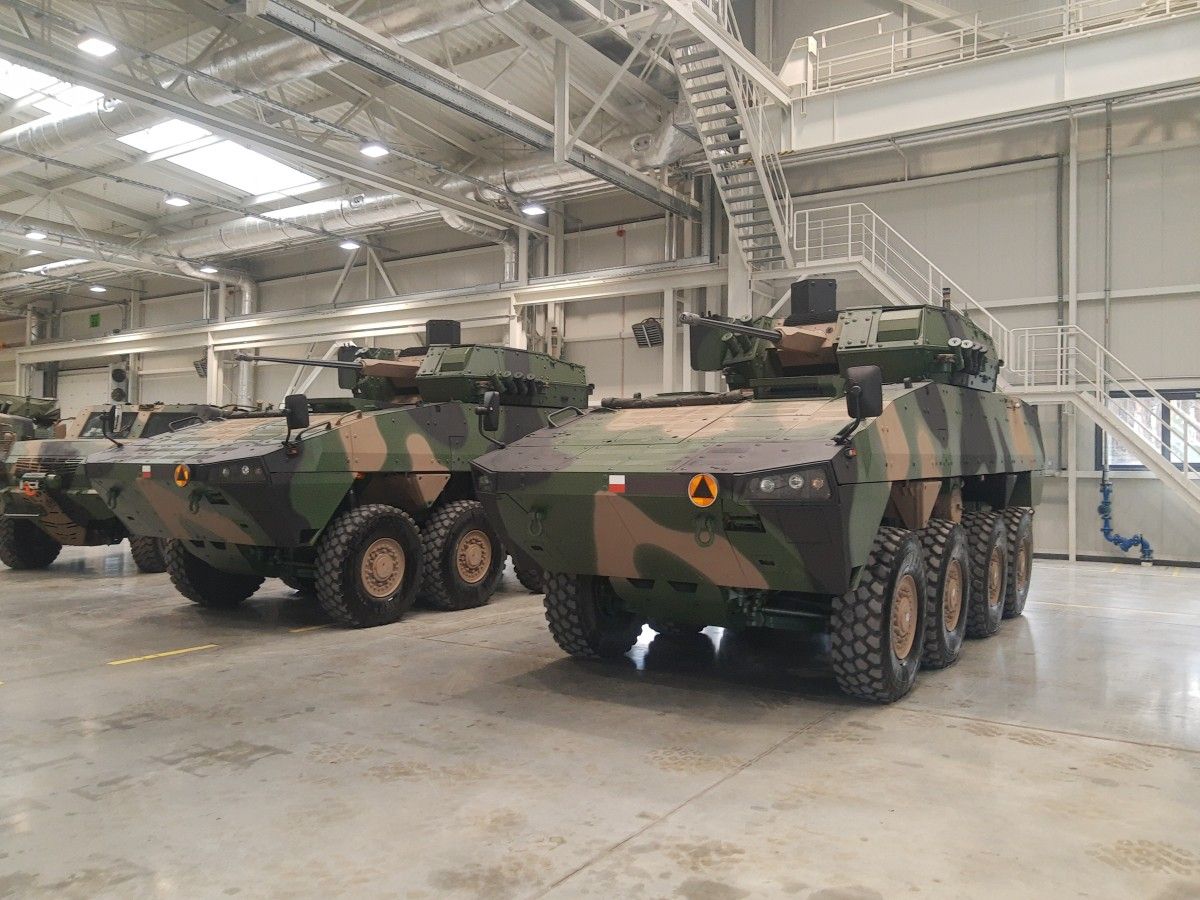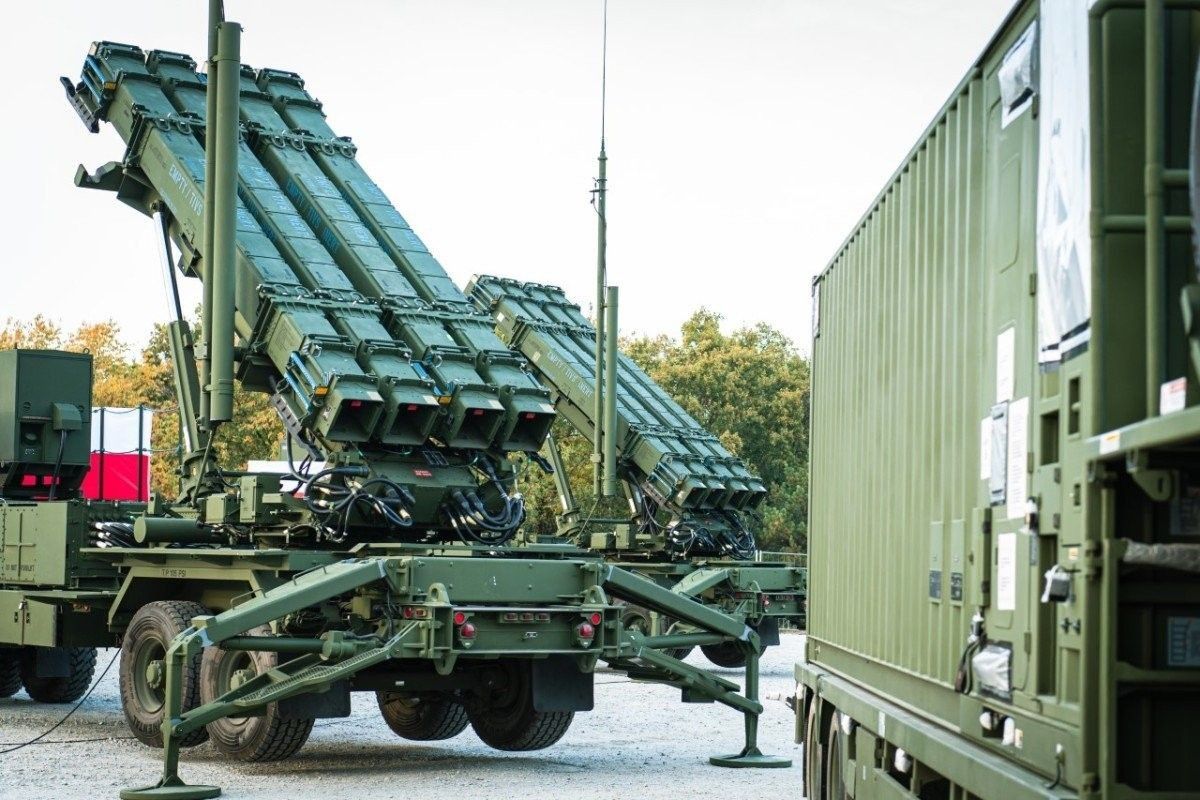The multi-national “Saber Junction 25” exercises gathered 7,600 soldiers and about 1,000 military vehicles in the south of Germany. An crucial component was the usage of reconnaissance and impact drones. Commercial and self-built cameras performed reconnaissance and safety missions as well as precise impacts on enemy armored vehicles.
Saber Junction exercise ‘25’
– Unmanned aircraft, including FPV drones capable of carrying explosives, are an example of dynamic field improvement and show how technological innovations change modern military operations," said Captain Karol Frankowski, spokesperson 16th Mechanized DivisionThe soldiers served as HICOM (high command) during the exercise ‘Saber Junction ‘25’, commanding brigades from the USA, Lithuania and the Netherlands.
– erstwhile we have a mission, it takes about 30 seconds to activate the drone. Just plug in the battery and choice it up immediately – explains the sergeant. Koby Jones, a drone operator from the platoon of unmanned air systems (BSP) 1 squadron 2 of the US Army Cavalry Regiment (2CR). – The velocity with which military unmanned aircraft are utilized is crucial for their operational efficiency, and erstwhile needed, soldiers must be ready at any time," adds Major Brian Sutherland of the 7th Mobile Media Contact Team.
Saber Junction exercise ‘25’
The U.S. press officer stresses that in 2024 the process of reorganizing 2CR structures began to include BSP sections specialised in the construction, piloting and usage of drones in tactical formation. Soldiers from different divisions were selected to learn piloting, to construct unmanned systems and to repair them in field conditions. Each went from 200 to 300 hours of training with drone handling, learning to control them in simulated environments and in real scenarios. Additionally, the soldiers besides worked in the drone lab, utilizing 3D printing technology and designing simple and inexpensive disposable drones (PBAS). During the last year, they besides participated in many exercises called task Flytrap utilizing unmanned systems.
During the “Saber Junction ‘25” soldiers of the 2nd Cavalry Regiment utilized both commercial Skydio X10 drones and their own-built PBAS. Both systems interacted in specified a way that unmanned Skydio watched the targets and provided information to the PBAS operator, who then located and attempted to destruct an enemy vehicle or position. We release a fewer pieces at once. This allows us to operate drones within a radius of about 10 km from our position to destruct or prevent the enemy from acting," said Sergeant Staff. Kristopher Garbea with 2CR.
The Saber Junction ‘25’ included force-on-force exercises in which 2 sides faced realistic conditions. The drones allowed to observe their own forces and their opponent throughout the area of action while constantly moving to avoid being detected on the ground. – This prompted 2CR to consider how artillery, vehicles and communication resources were deployed. If their systems are not well masked or hidden, enemy drones can easy track positions and call for fire to destruct them, says Sergeant Staff. Garbea. The officer adds that, compared to last year's edition of "Saber Junction", in which he besides participated, the usage of drones allowed to effectively shorten the process of the alleged sensor-to-shooter kill chain, which begins with tracing the enemy's forces and sending coordinates to command stations.
– Thanks to the drones, I no longer gotta wait for vehicles to appear from the horizon before I hit them. I can operate from a distance from behind respective field obstacles and hit the mark without moving from my position – Garbea points out.
Saber Junction exercise ‘25’
“Saber Junction 25 exercises have shown the transformative function of drones in 2CR both during defensive and offensive activities, thanks to their ability to rapidly observe, identify and track the forces of the opponent,” concludes Major Sutherland. – Own forces and opponent engaged in the exchange of fire faster, and commanders had to make decisions in a much shorter time during the implementation of the force-on-force scenario," added the press officer.
Let us remind that besides in the Polish army follows ‘Dron Revolution’, which was late referred to by Deputy Minister of defence Cezary Tomczyk, announcing the creation of a fresh drone center at the Institute of method Aviation Forces. "This will be the place where military investigation institutes, military, state and private companies will meet to make the best unmanned systems for the military in a short time," said the deputy chief of the MON. The scope of the Centre's work will include design, production, testing, testing, operation of drones and method and method support.
"Saber Junction" is an annual, large military exercise organized by the 7th Army Training Command (7 ATC), which is the largest non-US military training command of the United States Army, led by the combined US Army Command (USAREUR-AF). It is liable for operations, training and support of American land forces in Europe and Africa. Soldiers from Albania, Belgium, Bosnia and Herzegovina, Bulgaria, Georgia, Italy, Kosovo, Lithuania, the Netherlands, North Macedonia, Poland, Slovenia, Spain, large Britain and the USA took part in this year's maneuvers.

